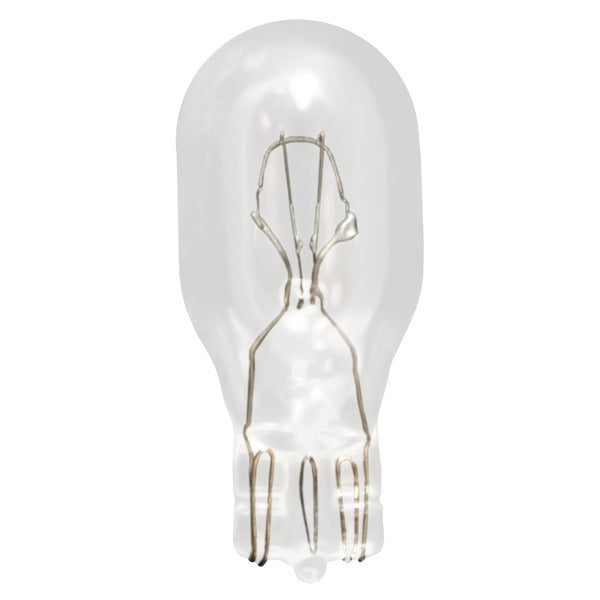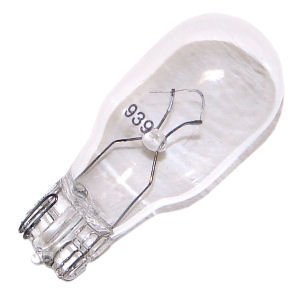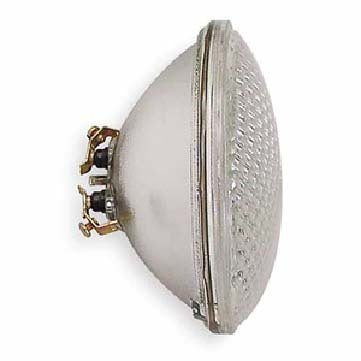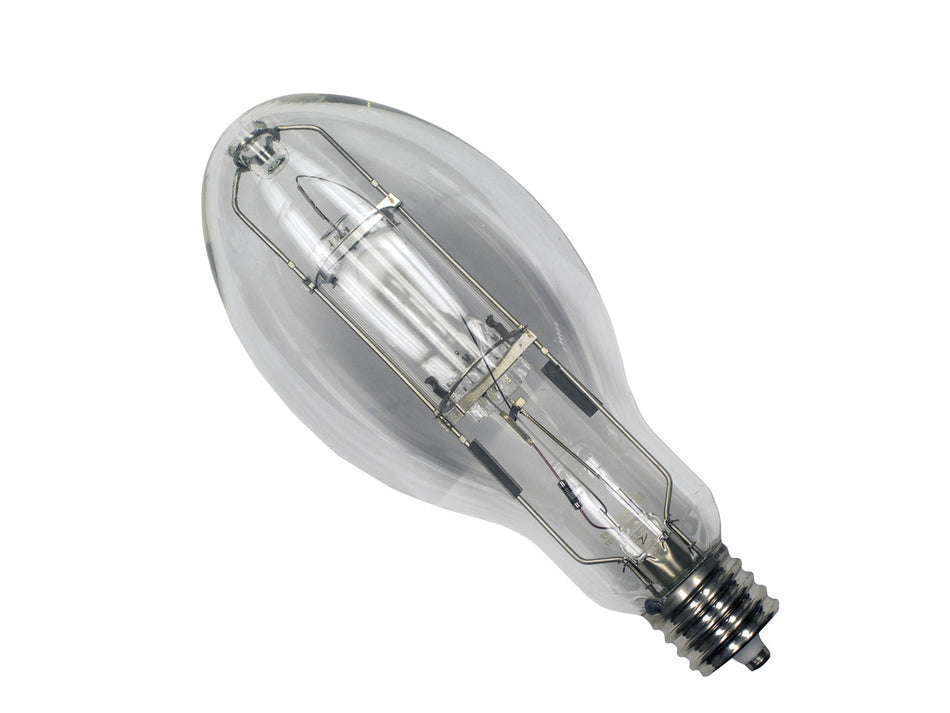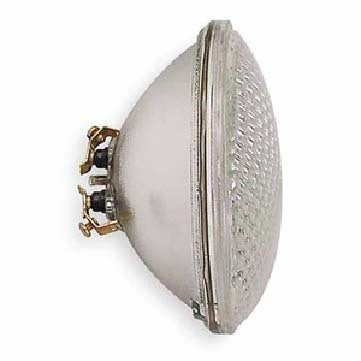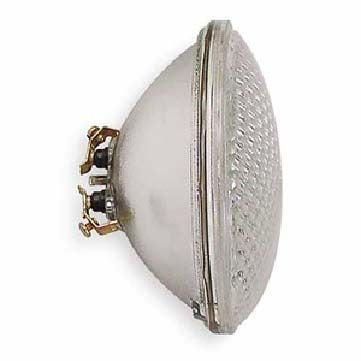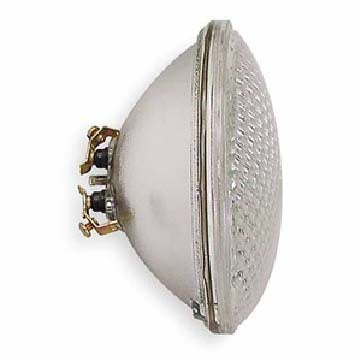8 Products
✅ 6-Volt Emergency Light Bulbs Buying Guide
Not sure which 6V bulb you need? Here are key factors to help you choose the right one:
- ✅ Voltage & Wattage: Always match your bulb to the fixture’s 6V requirement. Check the wattage (e.g., 6V 7.2W) to ensure proper brightness and battery runtime.
- ✅ Base Type: Common base types include wedge, bayonet, and sealed beam. Match the socket to avoid installation issues.
- ✅ Incandescent vs. LED: LED options last longer and consume less power, but not all fixtures are compatible. Always verify fit and voltage.
- ✅ Fixture Compatibility: Use only lamps specified by the manufacturer. Replacing with the wrong type may reduce runtime or damage the unit.
- ✅ Maintenance-Free Alternatives: Want to eliminate bulbs altogether? Try photoluminescent or tritium signs for power-free exit lighting.
FAQs About 6-Volt Emergency Light Bulbs
What is a 6-Volt emergency light bulb?
It’s a low-voltage lamp used in emergency lights, exit signs, and exit sign combos. These bulbs operate on 6-volt battery systems and provide illumination during power outages.
How do I know if this is the right voltage for my fixture?
Check the label on your emergency light or sign—it will list the battery voltage and lamp wattage. If it says 6V, these bulbs are the right match.
Are 6-Volt bulbs UL 924 compliant?
Yes. All our 6V bulbs are U.L. 924 listed and meet NFPA 101 requirements when installed in compatible fixtures for emergency egress lighting.
When should I replace the bulb versus the entire fixture?
If the fixture is still in good condition and passes routine testing, replacing the bulb is enough. If the unit is old, dim, or non-functional, replacing the whole fixture may be more cost-effective long-term.
Are there low-maintenance or power-free alternatives?
Yes. Consider tritium exit signs or photoluminescent exit signs. Both require no electricity or bulbs and are ideal for low-access or off-grid installations.
